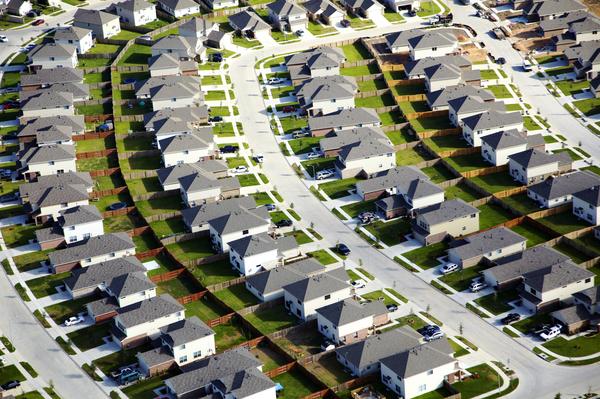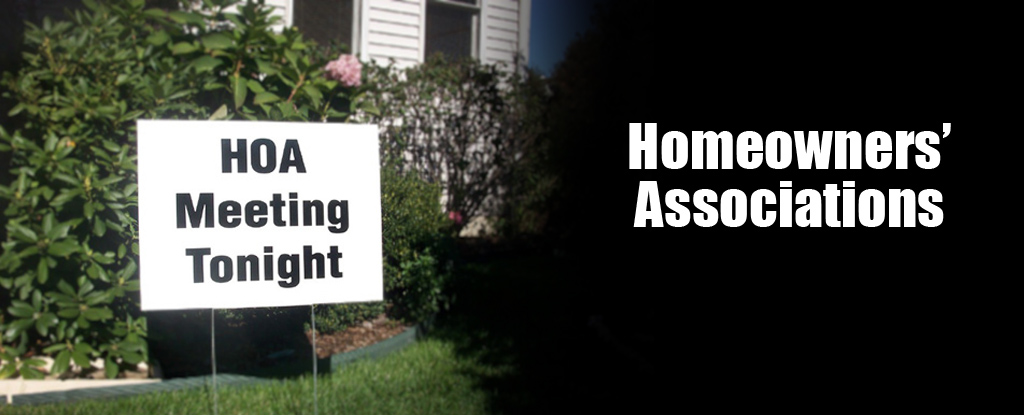Exactly How to Successfully Communicate with Your Austin Homeowners Association for Better Results
Exactly How to Successfully Communicate with Your Austin Homeowners Association for Better Results
Blog Article
Elevate Your Residential Community's Performance With Tailored HOA Administration Approaches
In the world of domestic area management, the application of customized HOA techniques stands as an essential consider driving performance and fostering an unified living setting. By customizing administration techniques to suit the distinct demands and dynamics of each community, a much more structured and effective operation can be accomplished. From optimizing budget allotment to improving interaction systems, the benefits of tailored HOA administration approaches are far-ranging. As we explore the complexities of this specific method, a much deeper understanding of its effect on area cohesiveness and operational effectiveness emerges, offering a glimpse into the transformative possibility it holds for domestic neighborhoods.
Significance of Tailored HOA Management
Tailored HOA monitoring is crucial for enhancing the functional effectiveness and community complete satisfaction within residential areas. By tailoring administration techniques to fit the distinct demands and characteristics of each property owners association (HOA), the general effectiveness of the area can be dramatically boosted. Tailoring HOA monitoring includes an extensive assessment of the certain requirements, challenges, and objectives of the suburb, enabling the implementation of targeted remedies that deal with these variables.
One trick aspect of tailored HOA management is the personalized method to communication and decision-making processes. By understanding the choices and priorities of the citizens, HOA managers can guarantee that plans and campaigns line up with the assumptions of the community participants, cultivating a sense of inclusivity and cooperation. Additionally, customized economic preparation and budgeting approaches can assist maximize resource appropriation, leading to cost-effective options that fulfill the needs of the locals while keeping the economic health of the association. Overall, customized HOA monitoring plays a vital role in promoting harmony, effectiveness, and satisfaction within residential communities.
Streamlining Workflow for Effectiveness
Reliable operations are crucial for making best use of the performance and efficiency of residential area management. One vital element of streamlining operations is carrying out technology solutions tailored to the specific requirements of the area.

Enhancing Interaction Networks
To maximize domestic neighborhood administration further, an important focus depends on boosting communication channels to promote seamless interactions and information dissemination among homeowners, staff, and board members. Efficient and clear communication is vital for making sure that all stakeholders are maintained notified, engaged, and straightened with the community's efforts and goals. Implementing varied interaction channels such as newsletters, e-mails, community forums, social media systems, and mobile applications can help with real-time updates, event news, policy modifications, and general area news.
Furthermore, establishing a central communication center or system where citizens can access essential documents, send maintenance demands, or increase concerns can boost transparency and streamline procedures. Encouraging energetic involvement via studies, feedback types, and community conferences can also provide useful insights and advertise a sense of neighborhood involvement and possession. By leveraging technology and cultivating open communication networks, residential communities can cultivate a natural environment where information streams efficiently, promoting collaboration and unity among homeowners, staff, and board participants.


Building Area Interaction
Enhancing community interaction is a basic facet of nurturing a vivid and cohesive property environment. Building solid community involvement within a household community promotes a feeling of belonging, encourages active engagement, and strengthens social links among homeowners. One reliable technique to improve area engagement is to arrange normal gatherings and tasks that deal with the varied interests of citizens. These occasions can vary from community outings and vacation parties to educational workshops and health and fitness classes, creating chances for homeowners to interact and bond with their neighbors.
Acknowledging and appreciating the contributions of involved residents with campaigns like volunteer programs or neighborhood honors can further incentivize energetic engagement and strengthen the feeling of area pride and possession. By concentrating on building neighborhood involvement, residential neighborhoods can grow a more dynamic, linked, and unified living environment for all citizens.
Practical Insights for Optimization
Building upon the structure of solid neighborhood engagement, sensible understandings for optimization offer valuable approaches to this contact form improve the overall performance and performance of domestic community monitoring. Carrying out regular analyses of neighborhood needs and obtaining comments from residents can assist in recognizing locations for enhancement and tailoring administration techniques as necessary.
One more crucial understanding for optimization depends on hop over to here fostering solid vendor connections. By cultivating collaborations with dependable solution companies and bargaining beneficial agreements, neighborhoods can make certain affordable and prompt repair and maintenance. Furthermore, promoting transparency and responsibility within the homeowner association (HOA) monitoring team with clear interaction networks and well-defined responsibilities can boost decision-making procedures and overall functional performance.
In essence, by integrating these functional understandings into the residential neighborhood administration approach, HOAs can optimize their procedures, boost resident contentment, and inevitably produce a much more unified living environment for all area members.
Final Thought
In verdict, customized HOA management techniques play a crucial role in enhancing the effectiveness of property neighborhoods. austin homeowners association. By simplifying procedures, improving communication channels, and fostering community engagement, HOAs can optimize their overall performance. It is important for HOAs to execute useful understandings and methods to make sure the smooth performance of the area and to develop an unified living setting for all homeowners
Implementing diverse communication channels such as newsletters, emails, neighborhood online forums, social media platforms, and mobile apps can promote real-time updates, event announcements, plan modifications, and basic neighborhood news.
Structure strong community involvement within a household neighborhood fosters a feeling of belonging, motivates active engagement, and enhances social links among homeowners. Acknowledging and appreciating the payments of engaged citizens through campaigns like volunteer programs or neighborhood honors can better incentivize active engagement and enhance the feeling of neighborhood satisfaction and ownership. austin homeowners association. By concentrating on building area engagement, residential site link neighborhoods can grow a much more vibrant, connected, and unified living setting for all homeowners
Building upon the structure of solid community involvement, practical insights for optimization deal valuable methods to enhance the general performance and effectiveness of household community administration.
Report this page